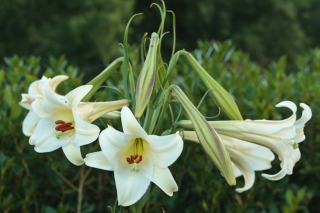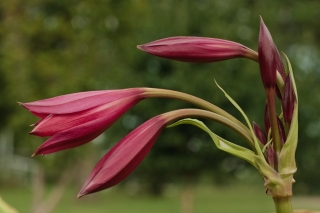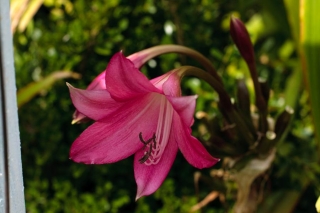 et’s
et’s
The only thing better than blossoms in the landscape is blossoms connected to something edible, even if you don’t eat it. This week’s pics are just that. A solid clump of garlic chives anchor one corner of our little kitchen garden. This eighteen-inch high herb has resided there for over a dozen years, undisturbed, growing slowly. It does tend to scatter seeds around, attempting to start colonies outside its original sphere, but the missus and I won’t allow it.
Garlic chives are the corresponding bookend to regular chives. Your common garden chive—the kind you chop fine and sprinkle over a lavishly-buttered baked potato—is a spring beauty, and the blossoms are even edible. The purple pom-poms can be broken up and sprinkled over a tossed salad to add color while lending a hint of, well, chives. The foliage is tubular, and the clump multiplies by bulb offsets. Even if you only have room for a couple of tomato plants, you need to squeeze in a clump of chives somewhere. I think we posted a shot of chives earlier this year. Check the gallery out and see for yourselves.
Garlic chives are just like the regular chives, but different. They bloom in late summer, not spring. As far as I know, the blossoms are edible, but I don’t know if they are prized as such. The blossoms, though quite beautiful, are too large and open to be considered pom-poms, and the foliage is flat, not tubular. The clumps enlarge by way of bulb offsets, but their main means of escape, as I have already mentioned, is that they readily multiply via seeds randomly scattered in the early fall. You really should make room somewhere for this clump too, but for the life of me we almost never use garlic chives. That is what garlic is for, for heaven’s sake. I guess what I am trying to say is that we grow it because it’s a tidy little garden herb that sports a mass of beautiful white blossoms in late summer when the rest of the vegetable garden is a bit drab. And the bees love them too.
Enjoy God’s beauty outside this weekend. Dig in the dirt, pull a few weeds, and by all means, plant something. See you Sunday.


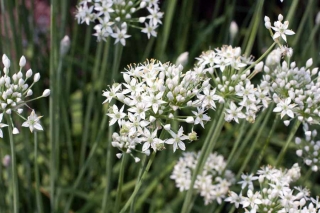
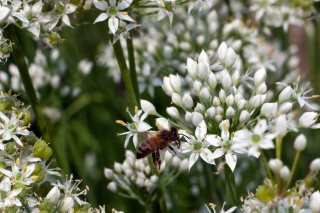
 reamy-white clouds of Autumn clematis have emerged atop many road-side trees in the last few days. They look nice out there, but I wouldn’t want them climbing my trees. They don’t do any real damage, but they look best from a distance, in somebody else’s trees.
reamy-white clouds of Autumn clematis have emerged atop many road-side trees in the last few days. They look nice out there, but I wouldn’t want them climbing my trees. They don’t do any real damage, but they look best from a distance, in somebody else’s trees.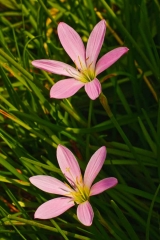
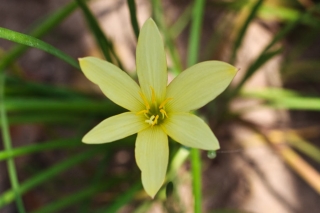
 have never seen rain like this in August. Most years in Oklahoma you need a stick of dynamite to dig a hole in the ground when August rolls around. It has always been a bitter-sweet affair: wishing the drought and humid heat would go away, but realizing that means autumn, and then winter is just around the bend. Not my favorite season, whine-ter. I know that there is still one more week left in this month, but except for a couple of days at the beginning, this has been one of the most pleasant Augusts I can remember.
have never seen rain like this in August. Most years in Oklahoma you need a stick of dynamite to dig a hole in the ground when August rolls around. It has always been a bitter-sweet affair: wishing the drought and humid heat would go away, but realizing that means autumn, and then winter is just around the bend. Not my favorite season, whine-ter. I know that there is still one more week left in this month, but except for a couple of days at the beginning, this has been one of the most pleasant Augusts I can remember.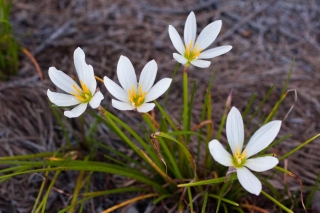
 he hymn Man of Sorrows is atypical of the majority of hymns coming out of that period in American history defined as “revivalism,” that period making up the last half of the 19th century, and confined roughly to the northeastern part of the country. Man of Sorrows is so Christ centered. The Reformers and the Puritans put together couldn’t do much better. The hymn, tune and all, was written by Philip Bliss around 1875. It was one of the last hymns he wrote before he and his wife were tragically killed in a train accident caused by a bridge collapse in December of 1876. He was only 38 years old at the time of his death. I am not typically a huge fan of hymnody from this period, but Man of Sorrows is a bright exception.
he hymn Man of Sorrows is atypical of the majority of hymns coming out of that period in American history defined as “revivalism,” that period making up the last half of the 19th century, and confined roughly to the northeastern part of the country. Man of Sorrows is so Christ centered. The Reformers and the Puritans put together couldn’t do much better. The hymn, tune and all, was written by Philip Bliss around 1875. It was one of the last hymns he wrote before he and his wife were tragically killed in a train accident caused by a bridge collapse in December of 1876. He was only 38 years old at the time of his death. I am not typically a huge fan of hymnody from this period, but Man of Sorrows is a bright exception. uite a few of the blooms I have featured on Fridays recently have been called “lily” but have not been true lilies. Well, today you get the real deal. There are about 90 species in the genus Lilium, probably the most famous among them being the Easter lily, Lilium longiflorum. They typically show up as attractive potted plants around the celebration of the resurrection of Christ. The pure-white blossoms symbolize the spotless Lamb of God as no other can. A native of Japan, it naturally blooms around November. It has to be artifically “forced” to bloom at Easter.
uite a few of the blooms I have featured on Fridays recently have been called “lily” but have not been true lilies. Well, today you get the real deal. There are about 90 species in the genus Lilium, probably the most famous among them being the Easter lily, Lilium longiflorum. They typically show up as attractive potted plants around the celebration of the resurrection of Christ. The pure-white blossoms symbolize the spotless Lamb of God as no other can. A native of Japan, it naturally blooms around November. It has to be artifically “forced” to bloom at Easter.